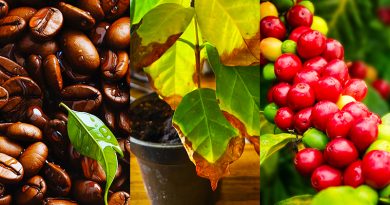Why Potted Hydrangeas Wilting?
Here are some common reasons why potted hydrangeas might be wilting:
- Underwatering: Hydrangeas require consistent moisture, especially during hot, dry weather. Wilting can be a sign that the plant is not receiving enough water.
- Overwatering: While underwatering is more common, overwatering can also cause wilting. Excess water can lead to root rot, which can prevent the plant from absorbing water and nutrients properly.
- Poor Drainage: If the potting mix is poorly draining, it can lead to root rot and wilting.
- Nutrient Deficiency: Hydrangeas are heavy feeders and require regular fertilization. Nutrient deficiencies can cause the plant to become stressed and wilt.
- Sunburn: Hydrangeas prefer morning sun or partial shade. Too much direct afternoon sun can burn the leaves and cause wilting.
- Pests and Diseases: Pests like aphids or diseases like powdery mildew can weaken a hydrangea and cause it to wilt.
- Temperature Stress: Extreme temperatures, whether too hot or too cold, can stress a hydrangea and cause it to wilt.
To diagnose the problem more accurately, consider the following:
- Check the soil moisture: Stick your finger into the soil up to the second knuckle. If it feels dry, the plant may need watering.
- Inspect the leaves: Look for signs of pests or diseases, such as yellowing, browning, or spots.
- Examine the roots: If you suspect root rot, carefully remove the plant from the pot and inspect the roots.
- Assess your watering routine: Are you watering too frequently or not enough?
- Consider the location of your hydrangea: Is it receiving too much direct sunlight?
Once you’ve identified the cause, you can take appropriate steps to address the issue and help your hydrangea recover.
67 total views, 1 views today




